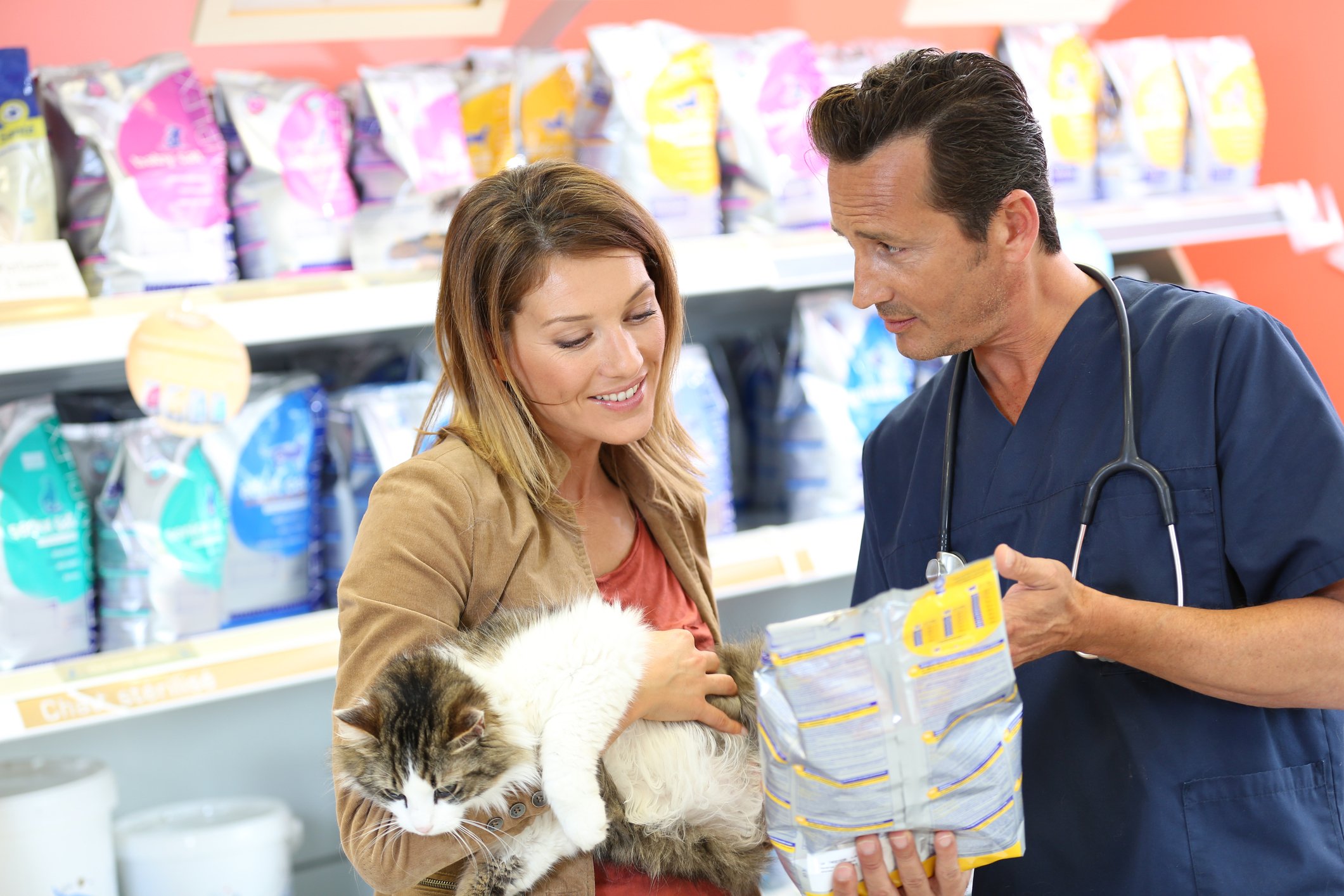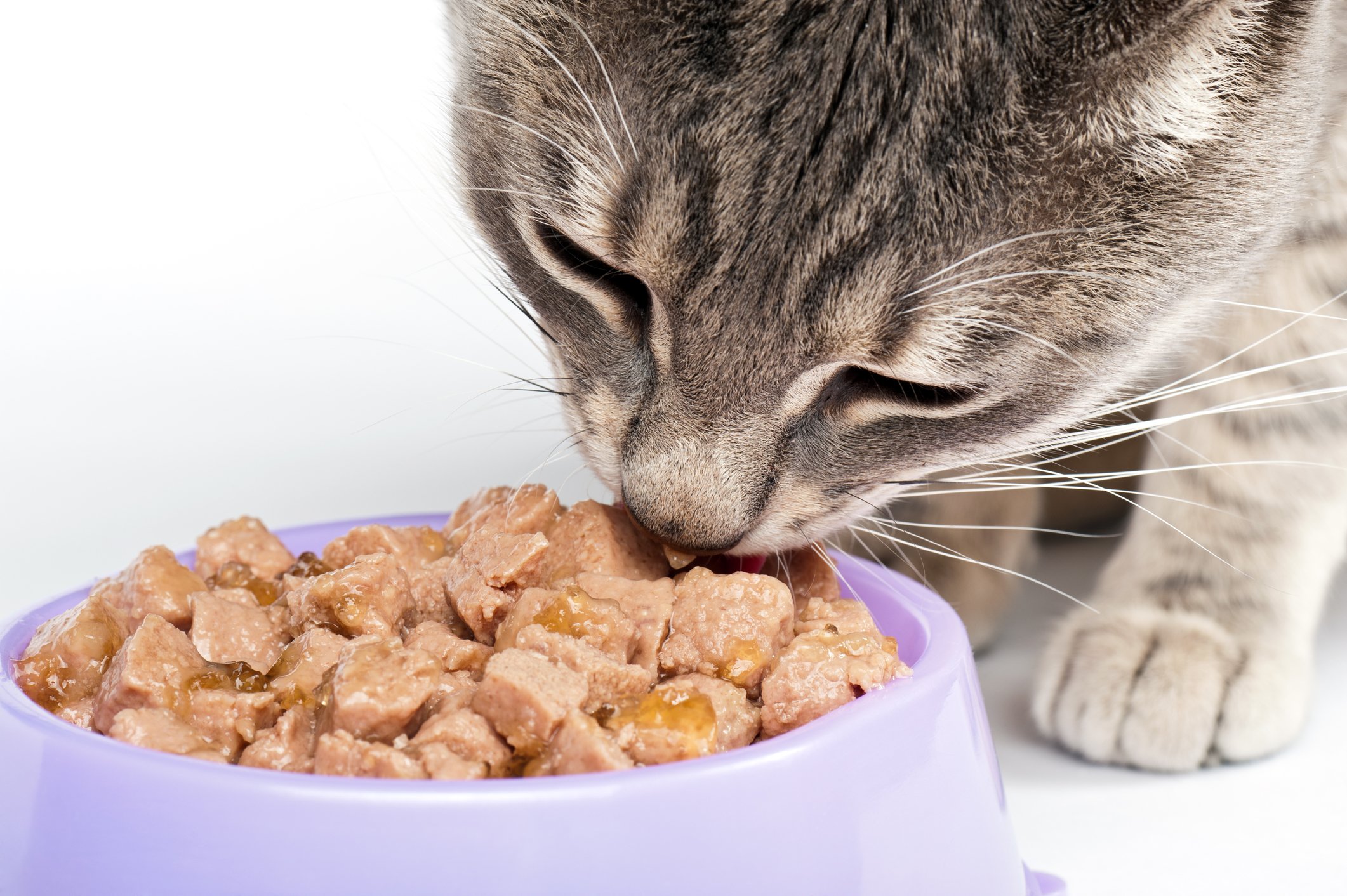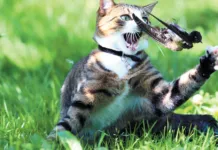
Dreamstime.com
Feline lower urinary tract disease (FLUTD) is commonly seen in cats, and it has many different causes. FLUTD isn’t a specific disease itself, but actually a broad term that describes any physical illness or condition that affects the lower urinary tract — the urinary bladder and urethra (the tube that’s connected to the bladder which carries urine to the outside of the body). There are numerous conditions that cause FLUTD, including infection and the formation of urinary stones (uroliths) or plugs (a combination of mucus and fine grit) that block the urethra.
Further complicating the diagnosis is feline idiopathic cystitis (FIC) — a condition in which a cat presents with signs of FLUTD — but with no identified physical cause. Some experts believe that environmental stress may be a significant element in some cases of FIC (see related article in the February 2016 issue of Catnip).
The signs to look for
Common signs of FLUTD include frequent trips to the litter box, straining to urinate, vocalizing or crying out from painful urination, bloody urine, over-grooming in the genital area and urinating outside of the litter box.
The diverse conditions of FLUTD affect cats of all ages and breeds and both genders, but are most commonly diagnosed in middle-aged, neutered, overweight and under-exercised indoor cats that eat dry food diets.
Because FLUTD is a complex of disease conditions, it also stands to reason that choosing an appropriate FLUTD diet can also be complicated. There are many commercial urinary tract health diets available — prescription and over the counter — but urinary diets are not a one-size-fits-all solution.
“The type of urinary diet is dependent on the underlying problem of each individual cat, so it’s very important to have a full medical workup by a veterinarian,” stresses Deborah E. Linder, DVM, MS, DACVN, a board-certified veterinary nutritionist and head of the Tufts Obesity Clinic for Animals.

Dreamstime.com
“There are diets that are formulated to either reduce the risk or dissolve certain types of stones. They may contain different levels of certain nutrients that compromise the stones,” explains Dr. Linder.
The term “urinary pH” pops up frequently regarding urinary tract health diets, and pH is a measure of the acidity or alkalinity of a water-based solution (in this case, urine). The scale ranges from 0 to 14, with 7 as neutral, less than 7 indicating acidity and greater than 7 indicating alkaline. Many things can influence whether a diet results in a more acidic or alkaline urine.
For instance, using more animal-based protein can help to promote acidic urine, whereas grains can promote a more alkaline urine. However, it is very common for companies to use a urinary acidifier such as DL-methionine in pet foods to achieve the desired resulting urinary pH because methionine is one of the essential amino acids that cats require.
“Unfortunately, there is no optimal urinary pH, and it depends on what the underlying cause of FLUTD is for each cat. Struvite stones can be managed by keeping urinary pH of cats acidic, so many diets aim for a urinary pH less than 6.8. For other types of stones — for example, calcium oxalate, or FLUTD in general — there is not enough evidence that maintaining a specific pH can prevent these conditions,” says Dr. Linder.
Other factors that affect pH levels include medications, vomiting, stress and the timing of meals. Gorging on large meals can spike pH alkalinity, whereas feeding several small meals throughout the day helps promote a normal pH range. However, before you change your cat’s daily feedings, Dr. Linder recommends that you discuss with your veterinarian the type of food, how long it should be fed, and the frequency of meals that will best help her condition.
Dr. Linder adds, “Many diets have increased sodium to encourage cats to drink more water, which helps them urinate more and in theory helps keep urine from staying stagnant in the bladder.” Some studies show no adverse effects by having increased sodium in the diet. However, make sure your cat has a healthy heart before starting this type of diet. The signs of heart diseases such as hypertrophic cardiomyopathy can worsen with a diet high in sodium.
Water is the key
The best way to maintain a healthy urinary tract is to keep water flowing through it, flushing out the bladder. One way to achieve this is to feed a canned or moistened diet. “There is growing evidence that management for any kind of FLUTD includes increasing water intake, so encouraging cats to have canned food or adding water to dry food likely has a benefit,” says Dr. Linder. In fact, it may be best to feed all cats a canned or moistened diet before urinary tract problems develop.
Why canned food is better
Canned cat food is roughly 75 percent water, whereas dry cat food ranges from five percent to 10 percent water. Cats have a low thirst drive, and in the wild they obtain most of their water intake from their prey, so you may find that you still need to encourage more water intake even on a canned diet.
When transitioning your cat to a new diet, make sure your cat feels well and is consistently eating her normal diet. Mix 25 percent of the new food to her current food, and over the next few days, increase the amount of new food and decrease the amount of the former food. The transition may take several weeks to complete. You can entice your cat to eat the new diet by adding a little tuna, clam or salmon juice to make it more enticing.
Increasing water intake
Encourage your cat to drink more water by adding extra water bowls around your home, trying different shapes and sizes of bowls, leaving a bowl of water or pool of water in a sink or bathtub, using distilled or filtered water or adding a pet water fountain. Some cats like flavored ice cubes in their water. Try a variety of these tips alone or combined to determine what your cat prefers. Be sure that the water is fresh and the bowls are cleaned daily.
With increased water intake you’ll notice a change in litter box visits because your cat will urinate more — and that’s a very important part of the goal. — Ramona Marek, Ms, ED




